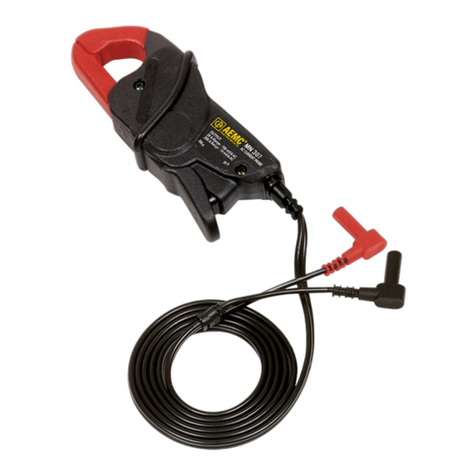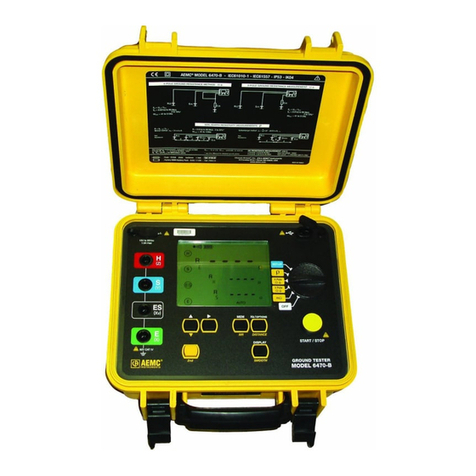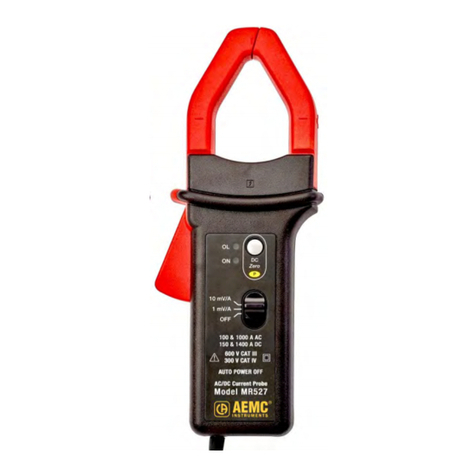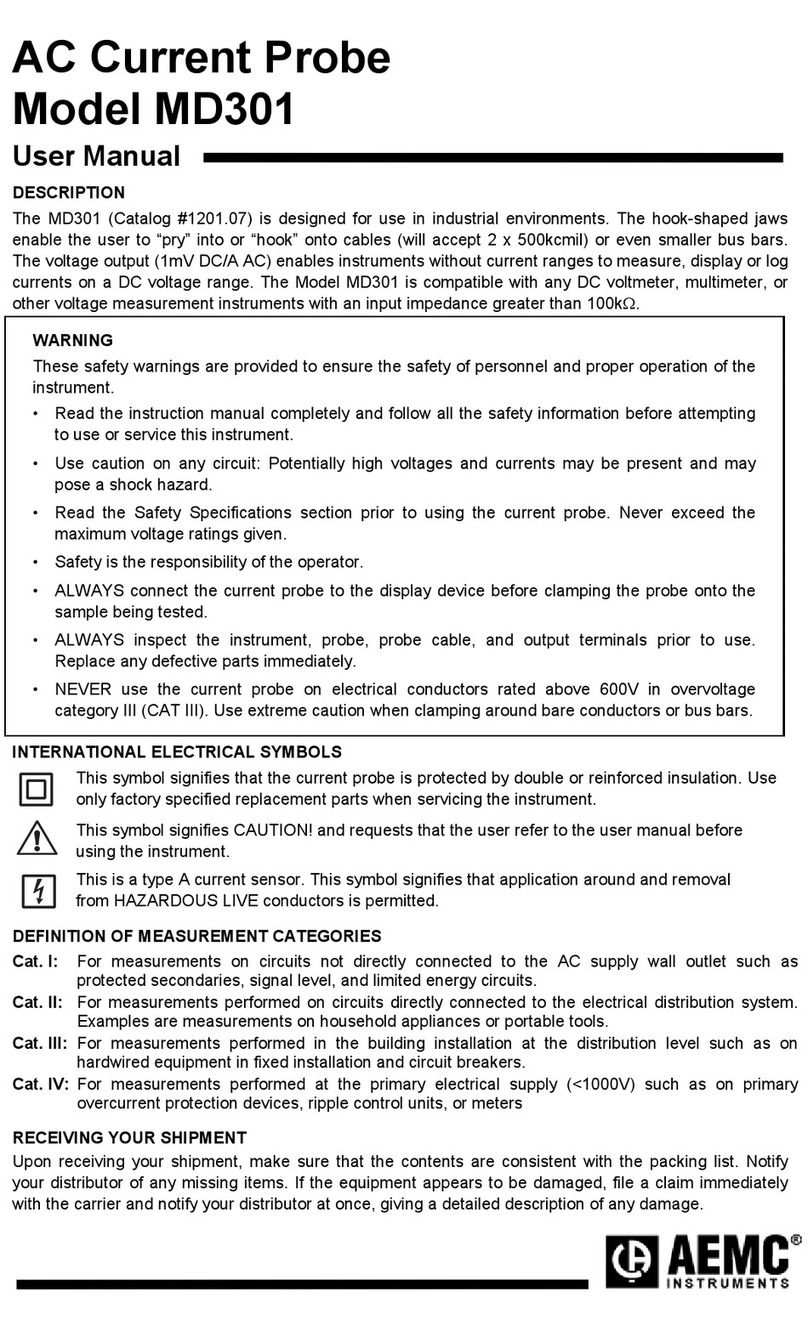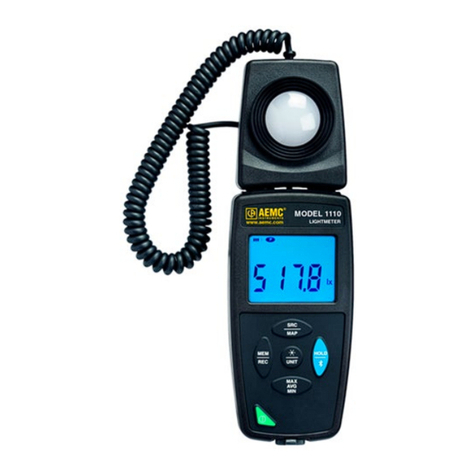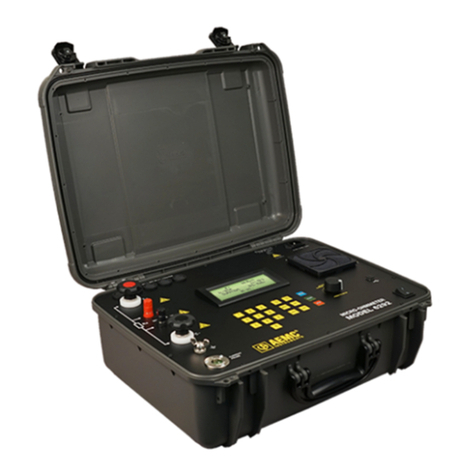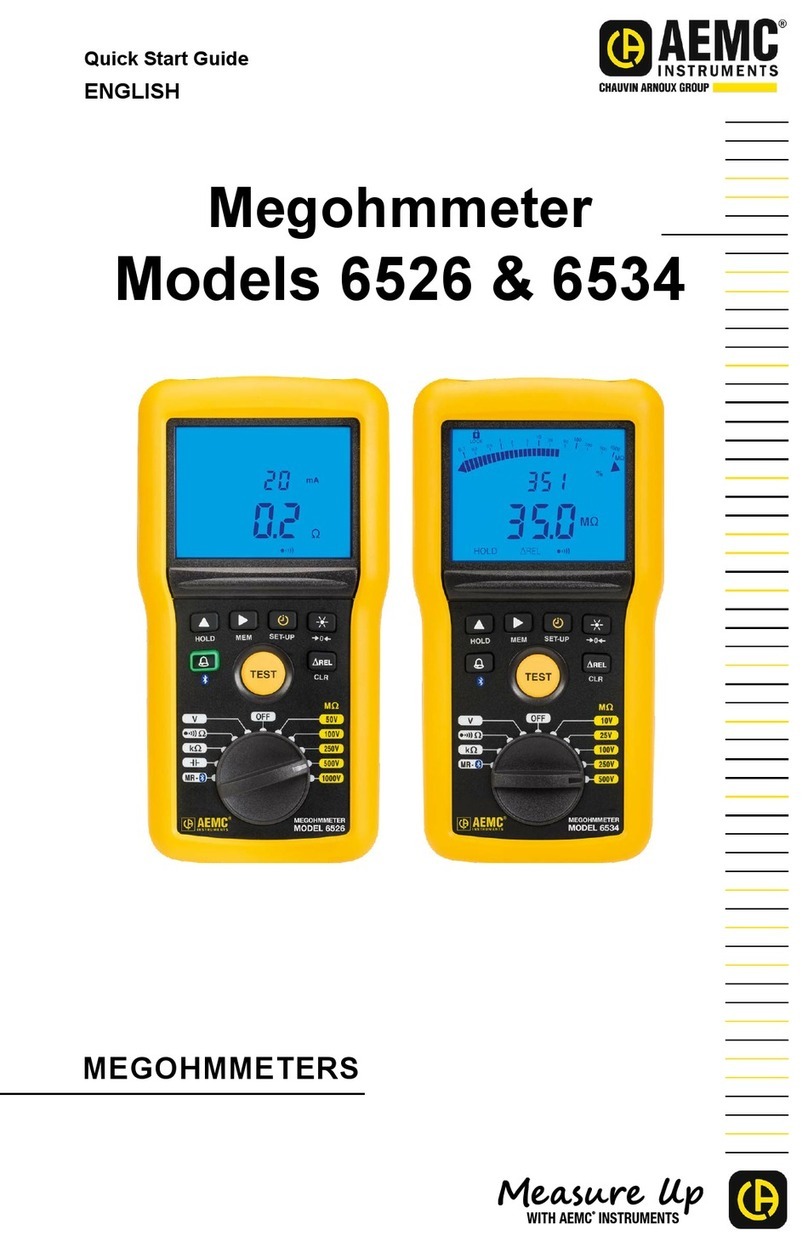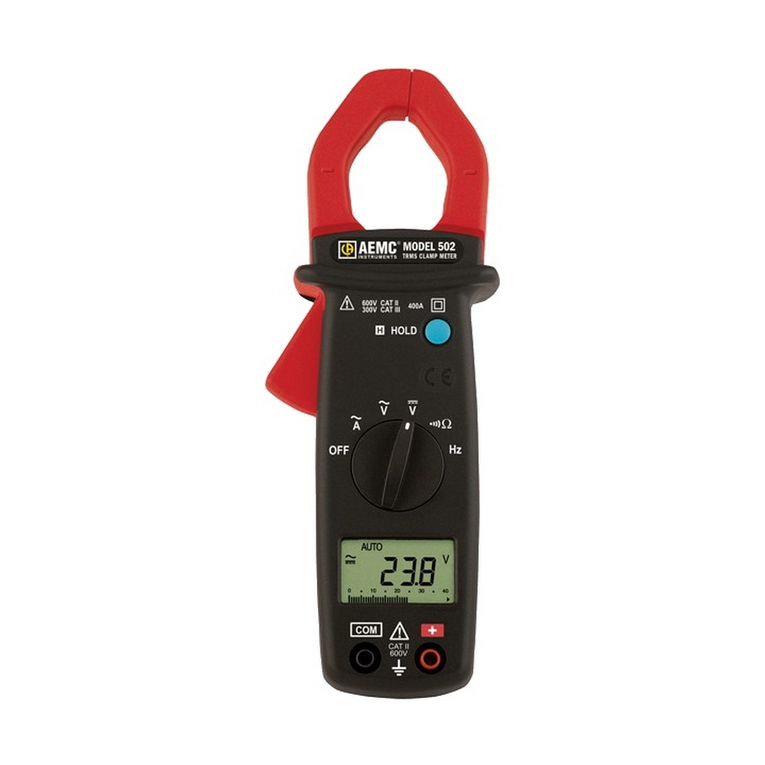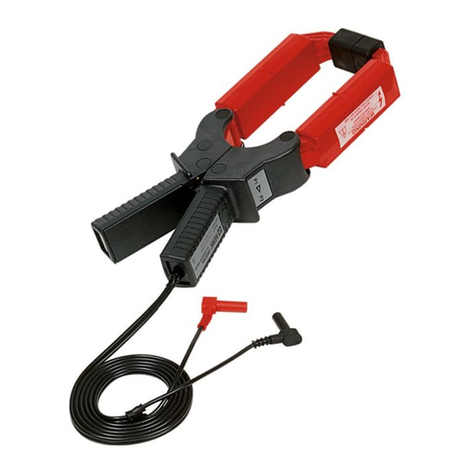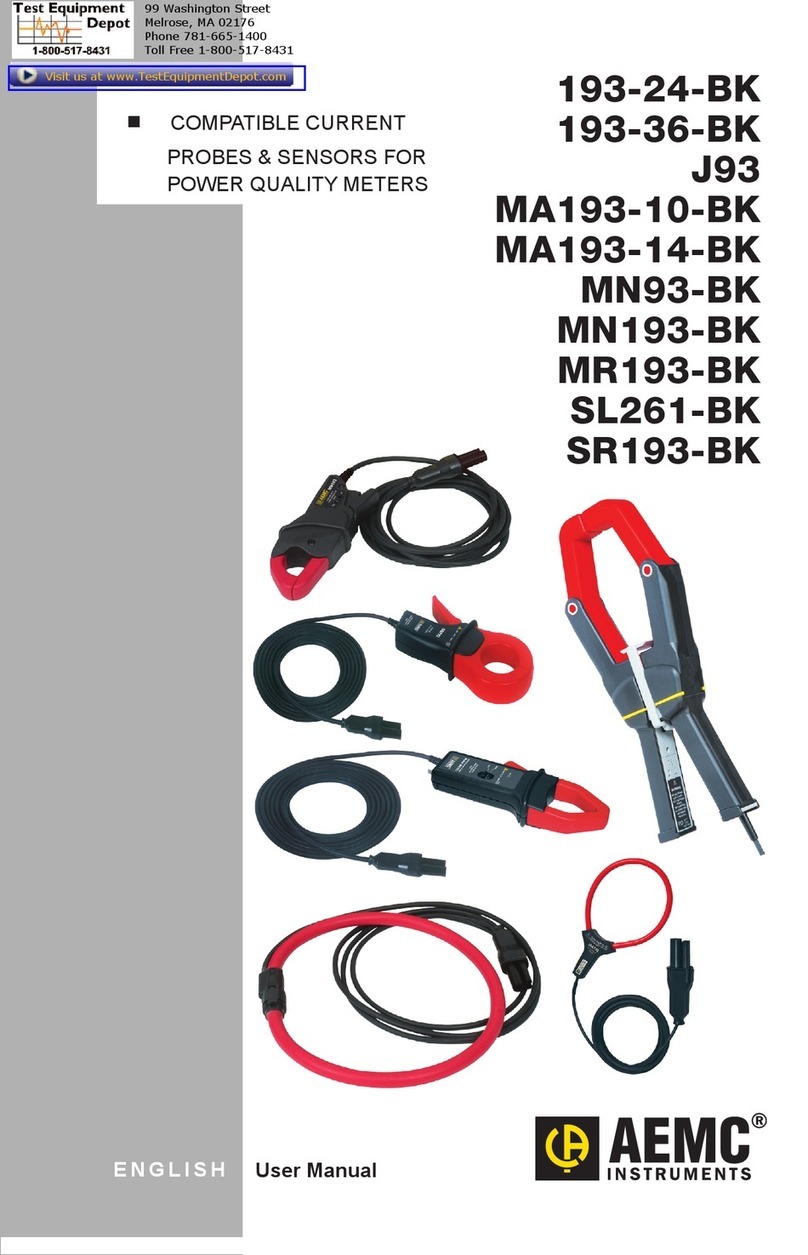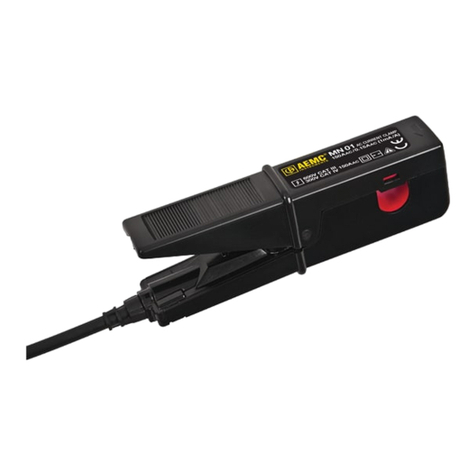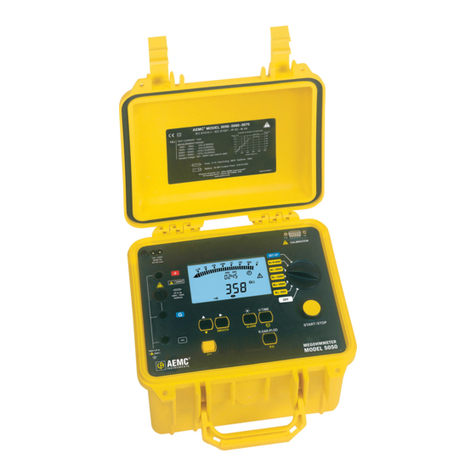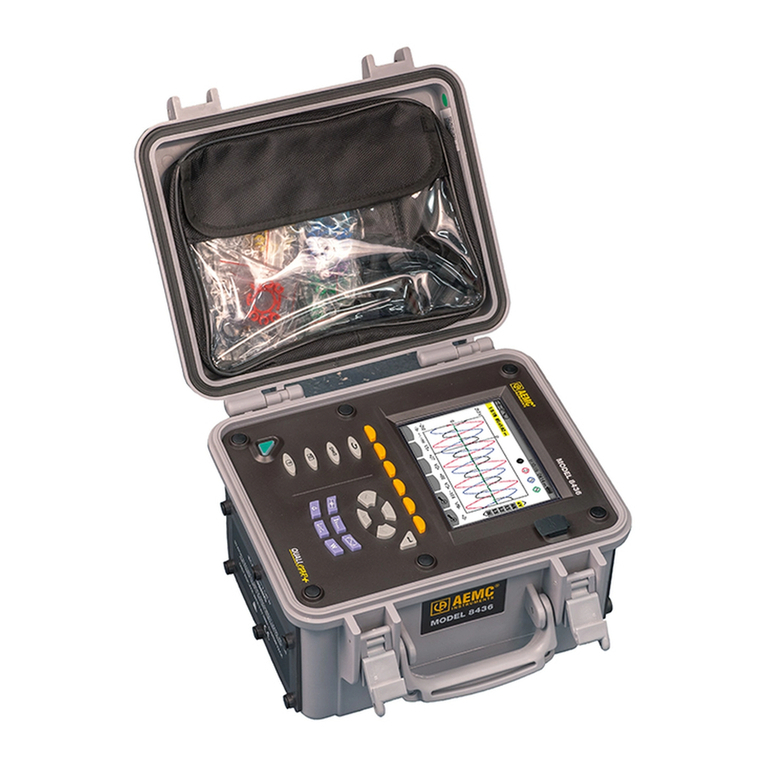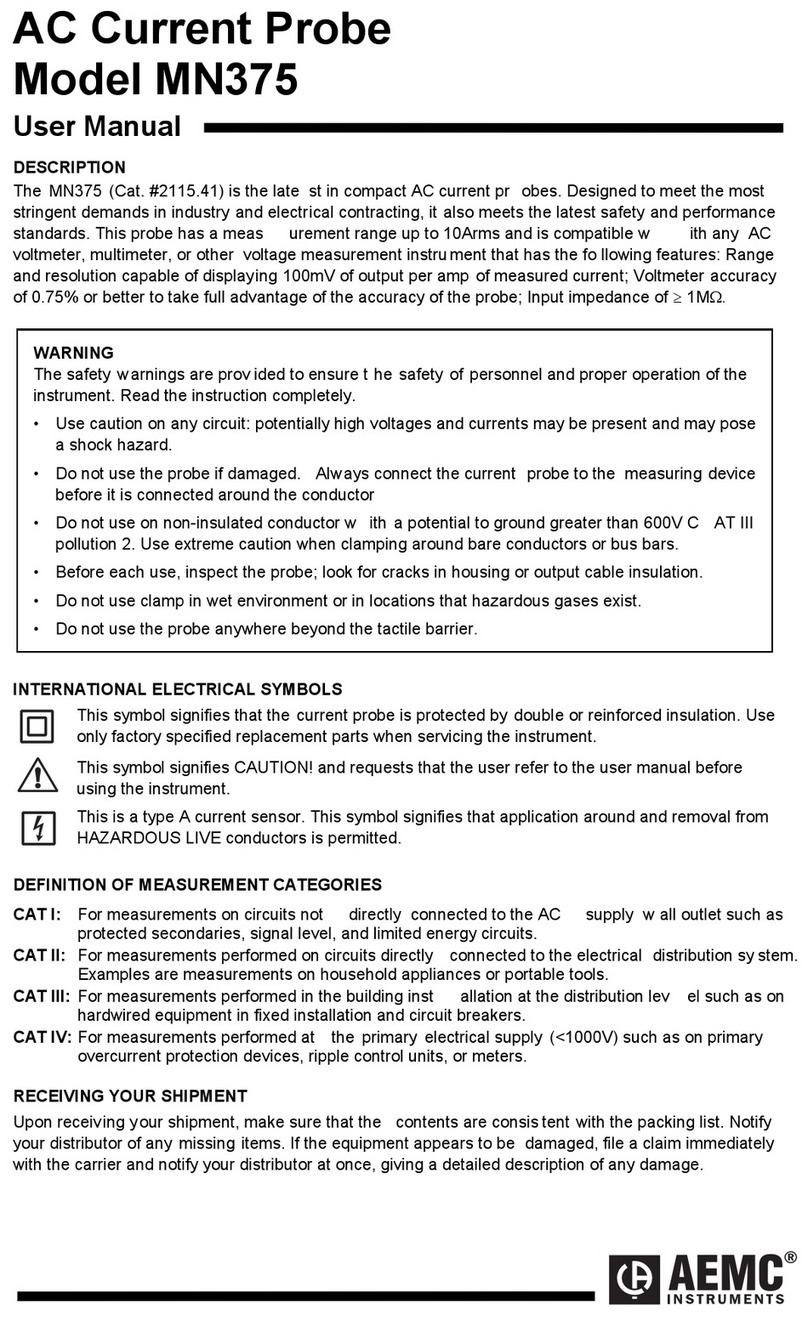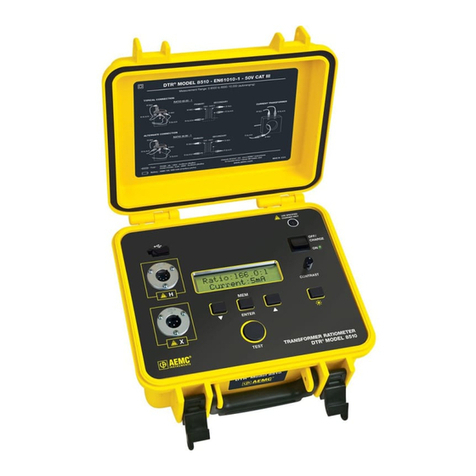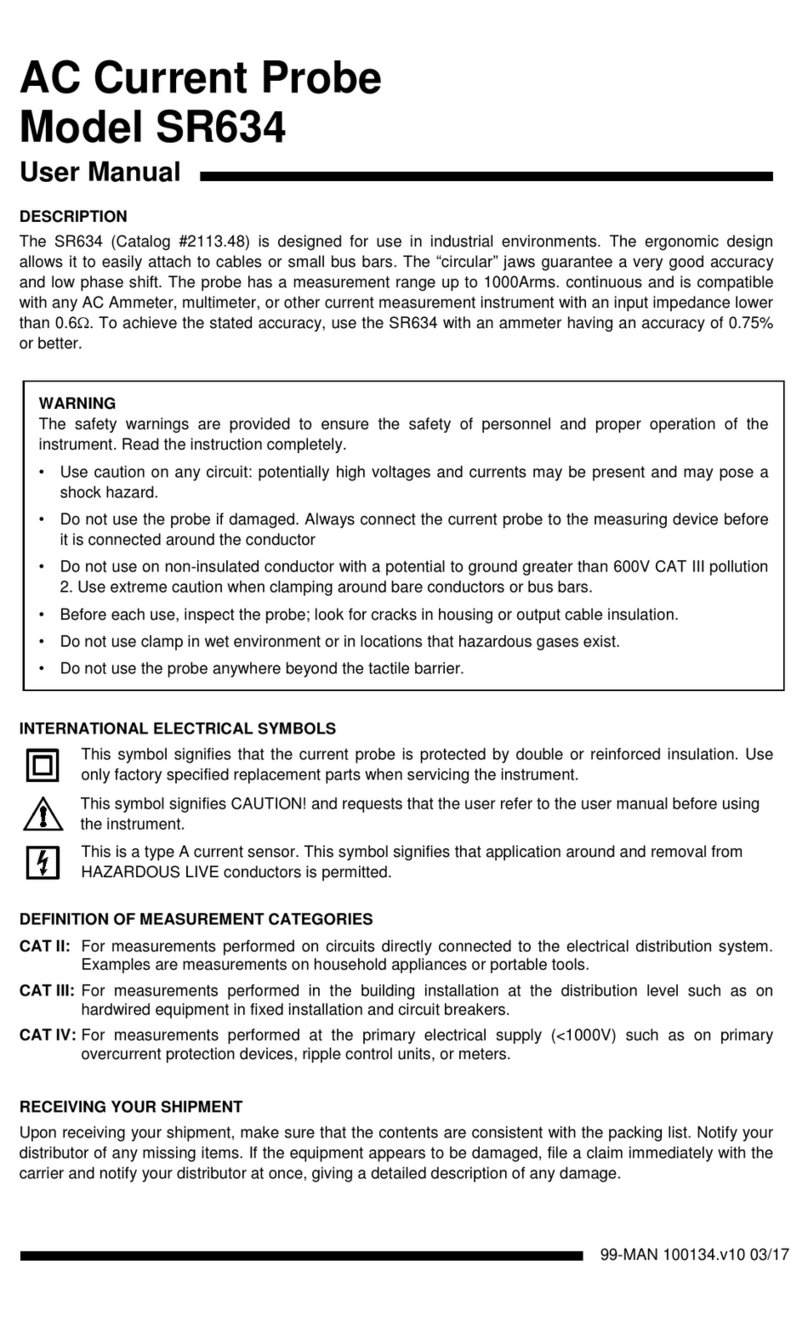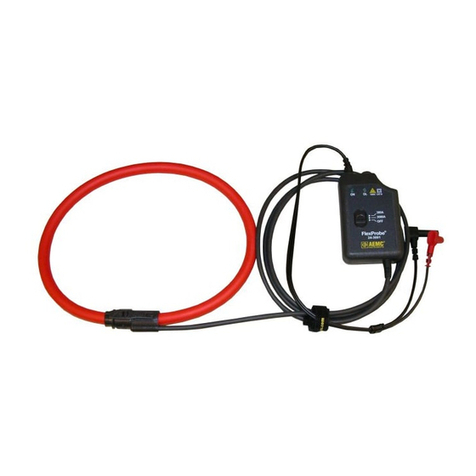
4
DC/AC MicroProbe Models K100 and K110
TABLE OF CONTENTS
1. INTRODUCTION ..................................................................6
1.1 PRECAUTIONS FOR USE ....................................................... 7
1.2 RECEIVING YOUR SHIPMENT................................................ 7
1.3 ORDERING INFORMATION..................................................... 7
2. PRODUCT FEATURES .......................................................8
2.1 DESCRIPTION ........................................................................... 8
2.2 MODEL K100 FEATURES ......................................................... 9
2.3 MODEL K110 FEATURES........................................................ 10
3. SPECIFICATIONS ............................................................. 11
3.1 ELECTRICAL SPECIFICATIONS ........................................... 11
3.2 ENVIRONMENTAL SPECIFICATIONS.................................. 12
3.3 MECHANICAL SPECIFICATIONS ......................................... 12
3.4 SAFETY SPECIFICATIONS ................................................... 12
3.5 TYPICAL FREQUENCY RESPONSE .................................... 13
4. OPER ATION ...................................................................... 14
4.1 MAKING MEASUREMENTS WITH THE K100/K110 ............. 14
4.2 INDICATOR LIGHTS - GREEN AND RED LEDS.................. 14
4.3 MODEL K100 OPERATION EXAMPLES ............................... 15
4.3.1 DC Current Measurement Example (K100) ........................ 15
4.3.2 DC Current Measurement Example - Current Reversed
(K100) ............................................................................................. 15
4.3.3 Two-Wire Sum-of-Currents Example (K100) ..................... 16
4.3.4 Two-Wire Current Dierential Example (K100) .................. 16
4.3.5 Oscilloscope Measurement Example (K100) ..................... 17
4.3.6 Maximum Step Discontinuity Example (K100) ................... 17
4.4 MODEL K110 OPERATION EXAMPLES................................ 18
4.4.1 Measuring the DC Component of an (AC+DC) Waveform
(K110) .............................................................................................. 18
4.4.2 Measuring the AC Component of an (AC+DC) Waveform
(K110) .............................................................................................. 18
4.4.3 Oscilloscope Measurement Example (K110) ..................... 19
4.5 TIPS FOR MAKING PRECISE MEASUREMENTS............... 19
4.6 RESIDUAL READINGS FOLLOWING SEVERE
OVERLOADS ................................................................................................22














